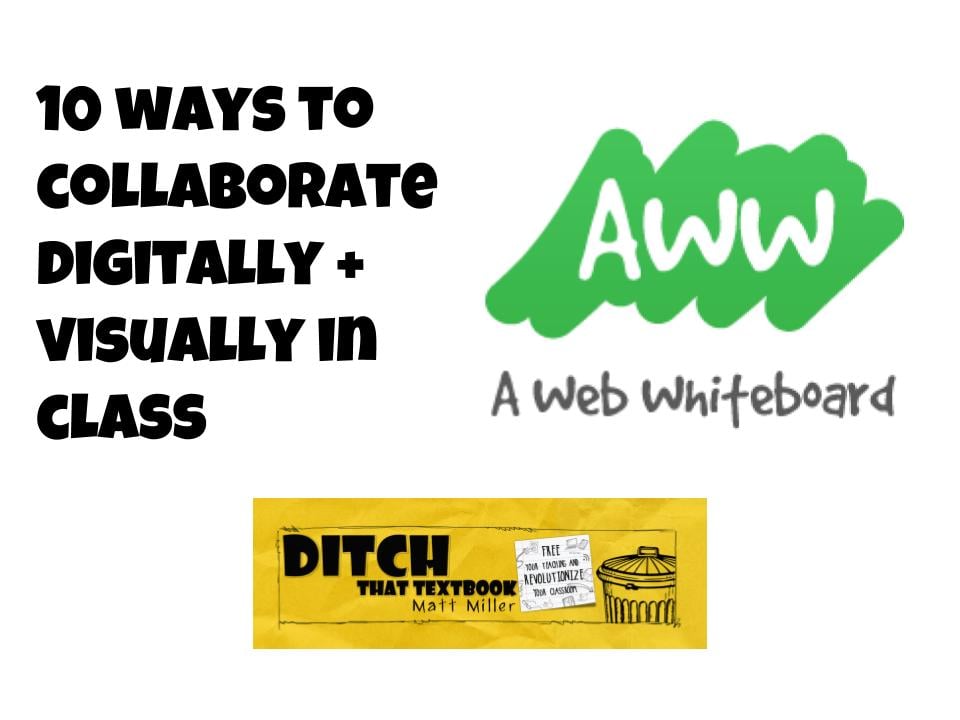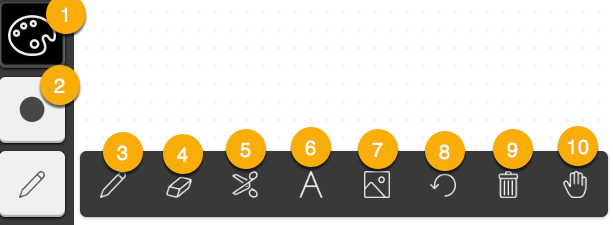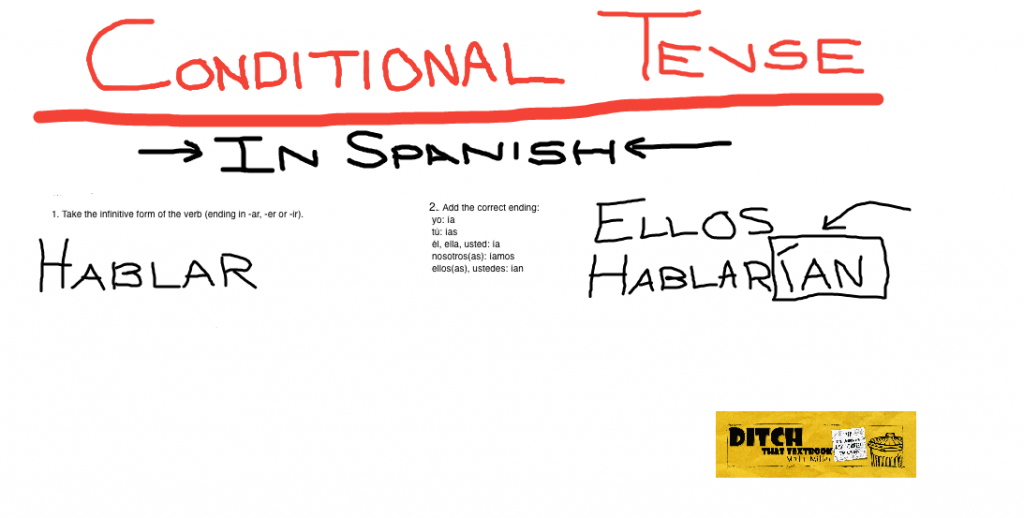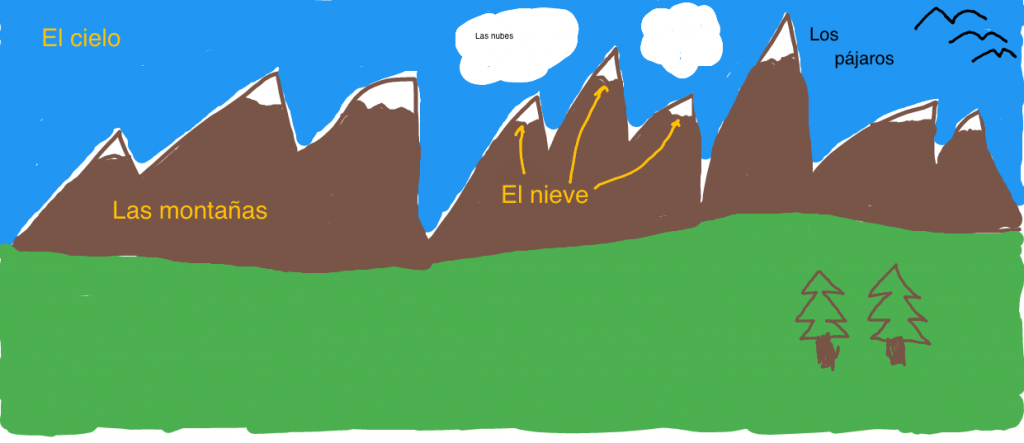

Students can collaborate and share their visual ideas digitally using AWW. See the key features and how you can use it in class.
In my own high school Spanish classes, this happened all the time. We talked in class. I wrote and drew notes on the board, creating a great summary of our discussion.
Guess what the students wanted to do at the end of class.
Yep, you guessed it: take a picture of the whiteboard.
I’m not opposed to that in general. If students are going to actually access my whiteboard notes if they have a copy of them on their phone, I say go for it.
However, let’s think differently about this.
What if we didn’t use the classroom whiteboard?
What if the whiteboard was on everyone’s digital devices?
There’s a tool that lets teachers and students do that. It’s called AWW (A Web Whiteboard), and it’s at awwapp.com. AWW defines itself as …
a touch-friendly online whiteboard app that lets you use your computer, tablet or smartphone to easily draw sketches, collaborate with others and share them with the world.
Sounds pretty cool. It’s easy to use, and the ways to implement it in the classroom are vast. In this post, I will …
As mentioned earlier, AWW can be loaded in your web browser whether you’re using a computer, Chromebook, tablet, smartphone — practically any Internet-ready device. Just navigate to awwapp.com.
(You can check out these basic features in the tutorial below (click here to see it on YouTube), or read the description below the video.)
Once you’re at awwapp.com, you can click the “Start drawing” button to get started or create an account/log in.
Once you’ve done that, you’ll see the AWW whiteboard. Most of what you’ll need is in the toolbar on the left side of the screen:

The collaboration happens when you click the share button. Choose the “Invite to board” option to bring others into your whiteboard space with:
Using that same share button, you can download your image as a PNG image file or share it on Facebook, Twitter or Reddit.
GAME CHANGER: AWW App integrates with Google Classroom. You can share AWW boards to create assignments. See more on connecting AWW App to your Google Classroom here.
Note: The whiteboards you create expire after two hours of inactivity. You can save permanent boards with a premium account. A teacher premium (as of publication of this post) account is $9 per month, which lets you save three permanent boards and unlocks advanced tools. A school account is $810 per year, which includes 10 teacher subscriptions.
After playing around with AWW, here are some things I’ve found handy:
AWW can let students collaborate with each other and with others in the same digital space. Here are some ways you can use AWW in class. (Note: Many of these ideas will also work with other digital tools that allow for simultaneous collaboration, like Google Apps, Padlet, etc.)
1. Display a whiteboard on all students’ devices. Instead of teaching traditionally from the front of the room, try teaching from your device. Instead of just working with a marker, using AWW to teach lets you draw with multiple colors, pull images onto the screen and type text. Plus, you can always save your whiteboard when you’re done as an image file to keep it for later.
2. Tell stories. Students can work together to draw an image of a story or historical event they’ve studied to show what they know. They can even extend the activity to tell a different ending to the story/event or hypothesize what might have happened if certain things happened differently.
3. Diagram new ideas. Certain new ideas lend themselves well to a visual diagram, like a cell or conjugating a verb in a new language (see below). Students can create their own visual diagrams to show their understanding and to cement the new concept in their minds.

4. Show thinking with graphic organizers. Give students a graphic organizer template (i.e. Venn diagram, KWL, Frayer model). Have them draw it on their whiteboards or import a picture of one from the web. Then, they can work together to think through a new idea and fill in the graphic organizer.
5. Create charts. Turn numbers into reality. Have students take data from whatever they’re studying (Census/demographic data, science lab data, student survey data) and create charts in a whiteboard. They can use the text feature to add their observations and reflections.
6. Create storyboards. Movie creators use this to show the flow of a new movie concept. Students can create storyboards on an AWW whiteboard, adding small drawings for different scenes of a story or retelling steps from something they’ve done. They can use the hand tool to move around the whiteboard to make use of all of the space.
7. Make digital posters. Because students can pull in images, AWW makes a great space to create impromptu digital posters. Have them insert images they find and add text captions under them. They can add text blocks to display what they know. When they’re done, they can download the posters as image files.
8. Collaborate at a distance. Imagine taking any of the ideas above and bringing in other students, either locally or globally. A web whiteboard can be a great place for students to share their visual ideas with others and create something in tandem with colleagues from somewhere else.

9. Make an opinion meter. Share a whiteboard with the entire class and ask a question. Put two, three or four options for answers on a whiteboard. Then, encourage students to add their names to the whiteboard under the option they’d choose. It’s an instant opinion meter, showing the pulse of the class.
10. Annotate an image. Bring in an image to a whiteboard and resize it to make it really big. Then, have students add text and draw on the image, highlighting important parts and showing concepts they’ve been learning in class. This goes well with historical photos, diagrams and historical artwork.
[reminder]How could you see AWW being used in the classroom? Do you have any other tips or suggestions?[/reminder]For notifications of new Ditch That Textbook content and helpful links:
Interested in having Matt present at your event or school? Contact him by e-mail!
Matt is scheduled to present at the following upcoming events:
[getnoticed-event-table scope=”upcoming” max=”15″ expanding=”false”]

Session expired
Please log in again. The login page will open in a new tab. After logging in you can close it and return to this page.
Great
[…] 10 ways to collaborate digitally + visually in class | Ditch That Textbook […]
sounds really cool! I’ve been using Realtimeboard https://realtimeboard.com/ for some time now to do similar stuff. Can handle images, video, google docs, pdfs, etc all in one endless screen you can zoom in and out of. I do things like create a big map of the world as a background and kids drag videos of world music to the appropriate part of the world, or create a big graphic organiser for exam essay preparation where themes, screenshot examples, links and videos can all be there.
Still none of these quite match the actual whiteboard and a marker for speed when I need to get a quick idea across…
How is similar/ different/ or better than Padlet?